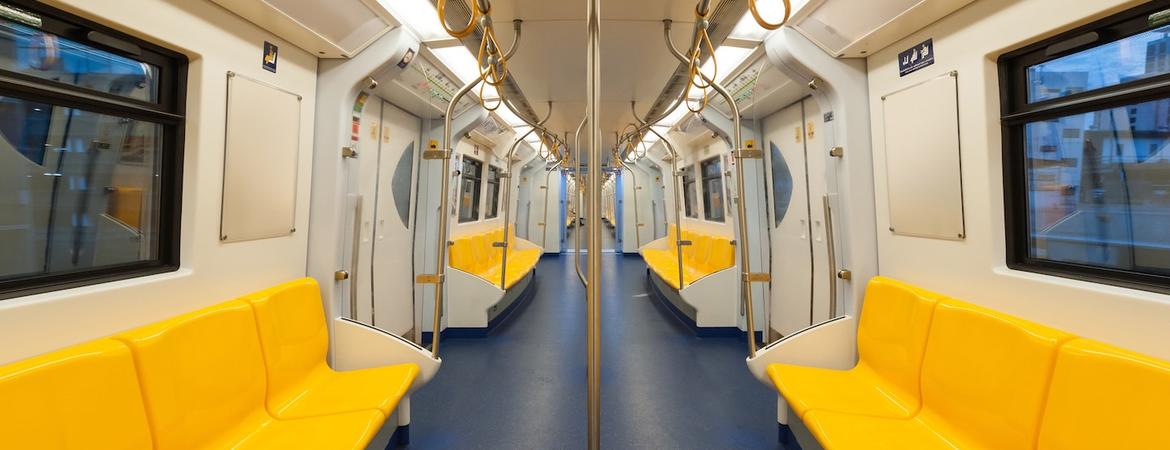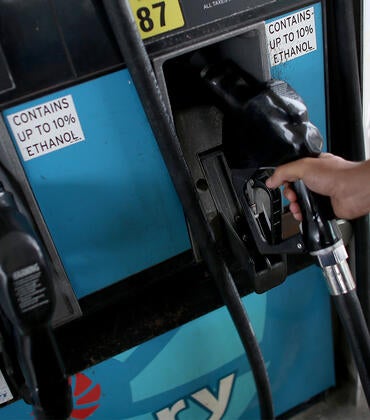
The COVID-19 pandemic has caused an unprecedented shift in commuting and mobility patterns worldwide, something that has led to a false perception that the pandemic may be a boon to greenhouse gas reduction. A new analysis examines California’s GHG emissions before and after the viral outbreak and finds that despite significantly less road traffic in the state, long run emissions reductions are not likely to result from the crisis.
The report, released today by the UCR School of Business Center for Economic Forecasting and Development, finds that while there will probably be a long term reduction in commuting to and from work as some workers shift permanently to online or work-from-home arrangements, the resulting reduction in GHG emissions will be small – estimated at just 2.4% in California. This metric is based on a number of factors including the relatively low share of wage and salary workers who can permanently perform their jobs from home, and the equally low share of GHG emissions that are attributable to commuting and passenger vehicles in general.
“When you add it all up, despite the startling and massive drop off we’ve seen in on-road vehicle traffic in recent months, the pandemic is not going to lead to a substantial decrease in GHG emissions over the long term in California or the nation at large,” said Hoyu Chong, Senior Researcher at the Center for Forecasting and the report’s author. “Although we will see a large decrease in GHG emissions from passenger vehicles in 2020, it’s a short-term effect.”
According to Chong, the report’s findings are also based on the fact that commuting is the only category of overall vehicle miles travelled (VMT) that will realistically experience an ongoing reduction.
“Other reasons for driving such as for social or recreational purposes, shopping, personal errands, and other trips are not expected to decline long term, and in fact, driving to some destinations, such as grocery and pharmacy, have already returned to pre-pandemic levels,” said Chong.
Moreover, the analysis argues that the pandemic may pose a long-term risk to shared mobility, a critical component of California’s emissions reduction strategy. Public transit and ride sharing have become very unpopular since the viral outbreak began but it is unclear whether that will persist or whether usage will return to normal levels when the threat of COVID-19 ends.
While U.S. and California data are relatively scant, the report analyzes mobility behavior in countries that are currently at more advanced stages of reopening. In nations where most workers have returned to work, transit station patronage has resumed to a certain degree but remains far below pre-pandemic levels. Moreover, the decline in trips to transit stations is far more severe than the decline in trips to workplaces. Worldwide, as of the week of June 10 to June 14, compared to baseline levels, mobility to transit stations is down 34%, on average, while mobility to workplaces is down 18%.
Among its recommendations to meaningfully reduce emissions from passenger cars and trucks, the new analysis urges California policymakers and climate leaders to accelerate the electrification of motor vehicles on a large scale, expand infrastructure that makes walking and cycling viable alternative modes of transportation, and educate Californians more broadly about the full cost of driving.
The complete analysis, COVID-19, Commuting, and Clean Air: A Look at Pandemic Era Mobility and Transportation Emissions in California, is available here.



